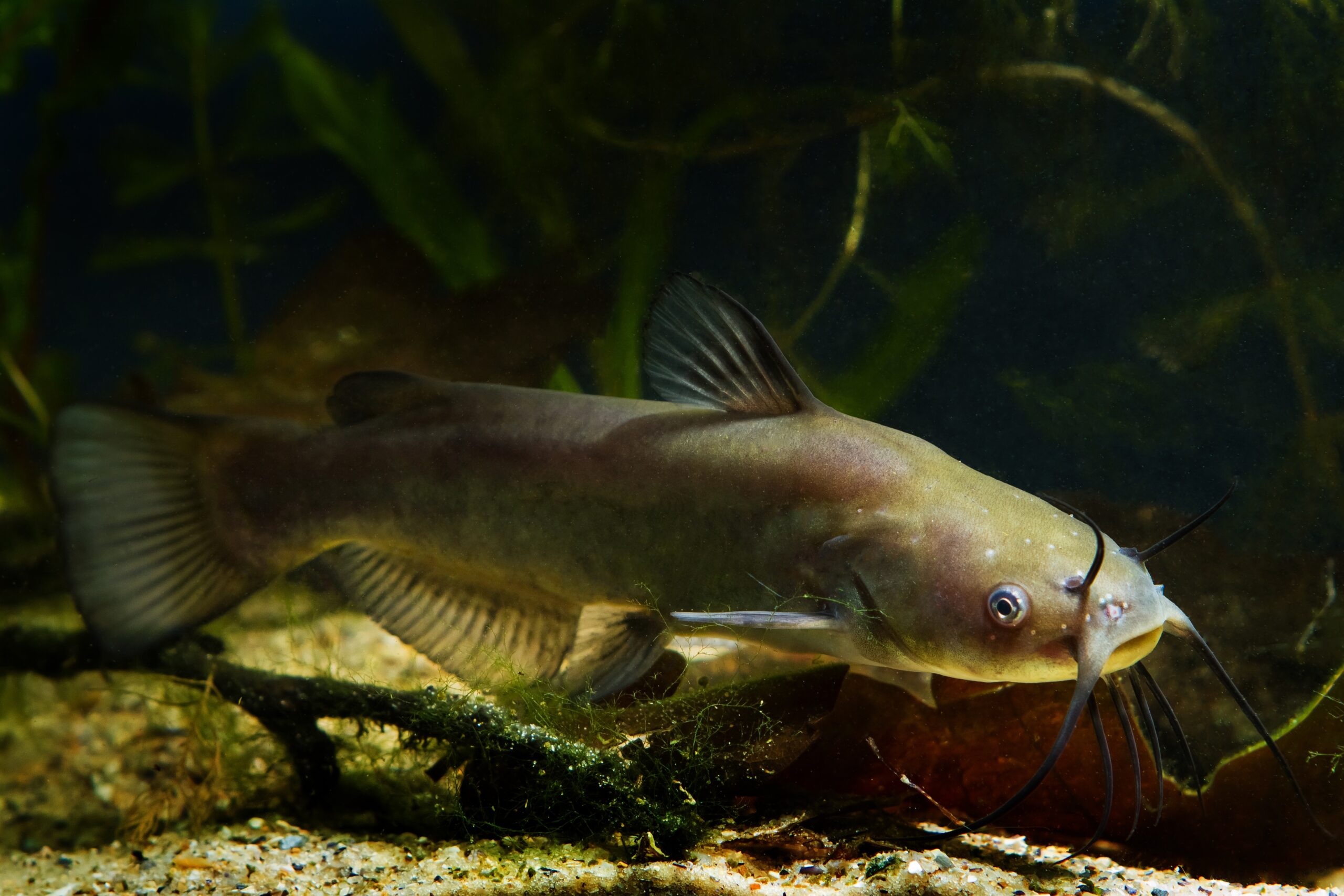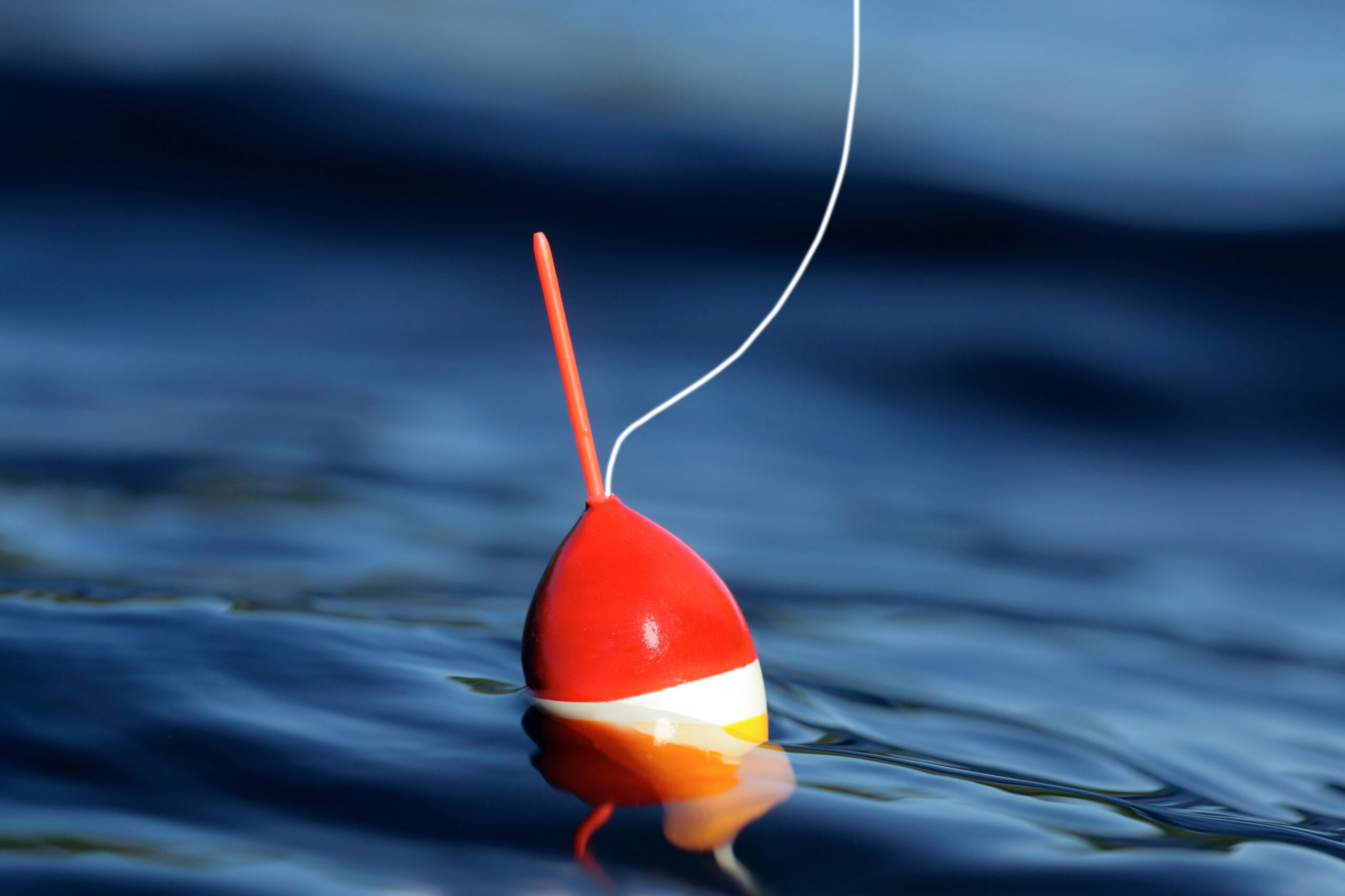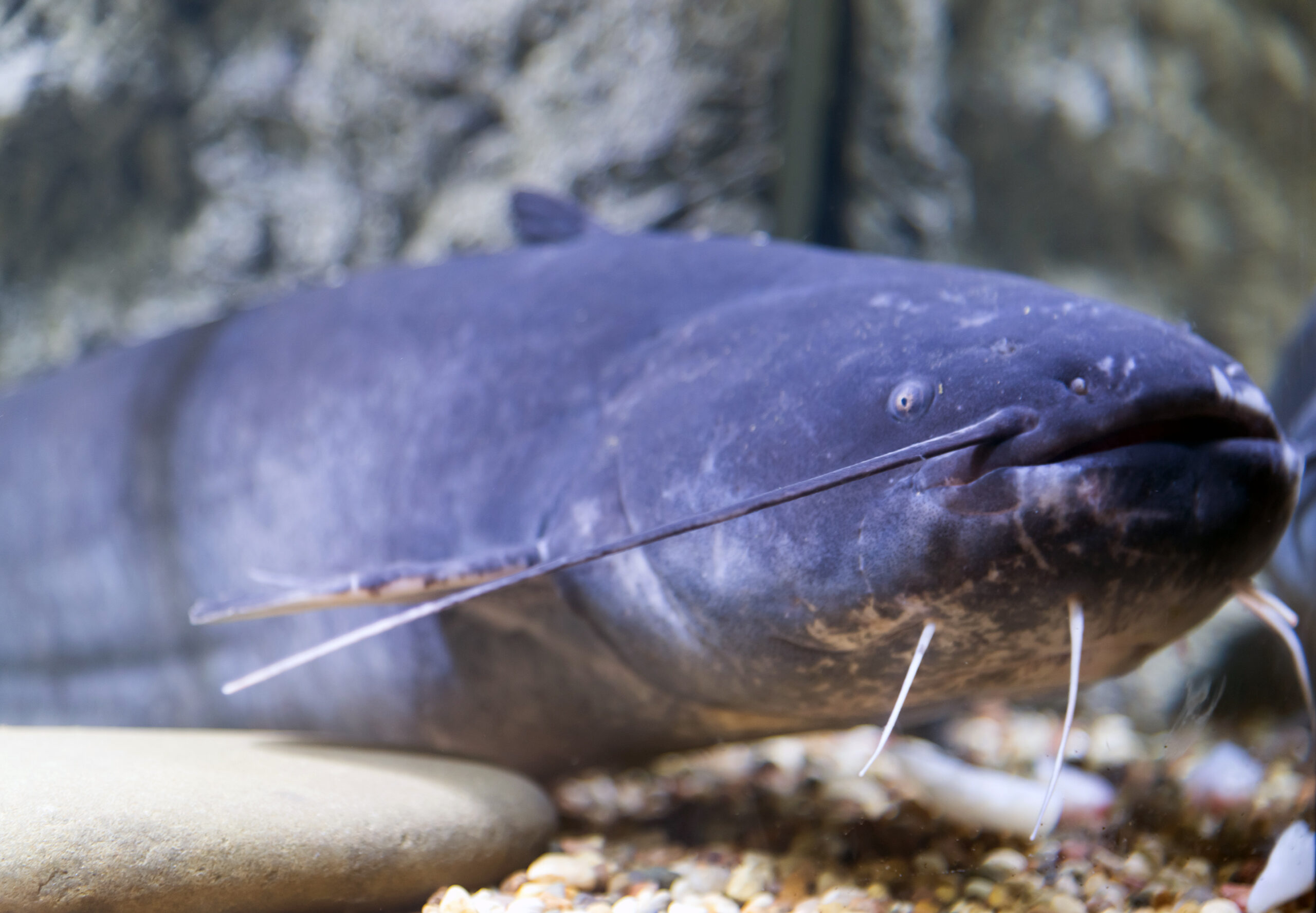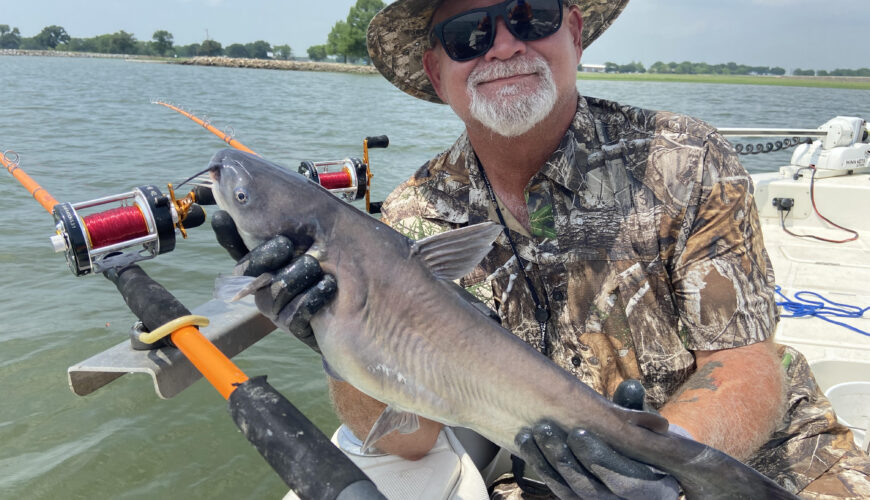Tactics
Teal Time is Here: Get Ready for Your Waterfowl Warm-Up
September 17, 2025 •John N. Felsher
August 15, 2023
The basic floater, or “cork” as they are often called, is an intricate part of the catfish catching puzzle. Regardless of whether the floater is simply clamped onto the fishing line above a hook, rigged as a slip cork to facilitate easy casting, or part of a Carolina rig, those of us that enjoy catching and eating catfish are intimately familiar with our corks. There are many ways cork rigs are used to present bait to catfish: let’s look at a few of most popular methods.

The most sensitive floaters are made from porcupine quills. Quill floaters composed of African porcupine are ideal, measuring between six-to-nine inches in length. These floats are perfect for detecting the often-subtle bite of smaller channel catfish. Many anglers fish the quill floaters using bamboo poles, lightweight fly rods, and even the same jigging pole they fish crappie with. The advantage of using these slender and sensitive floats is that they will detect even the softest of bites, which is important because channel catfish often mouth bait before taking it. When used in conjunction with a #6 treble hook and punch or dip bait, quill floaters prove effective for catching a good mess of catfish.

The slip cork allows anglers to set the depth they wish to fish by attaching a rubber band or light line to the fishing line at the desired depth. By design, slip corks allow for easier casting when the bait is fixed more than 30-inches below the floater, something experienced anglers know can be difficult with other set-ups. The design is simple: a small diameter tube runs through the floater, while the fishing line is threaded through the tube and the hook and weight is attached to the tag end of the line. Above the floater, a rubber band is attached tightly to the main line at the depth one desires to fish at. When they make a cast and the cork hits the water, the hook and sinker fall to the desired depth, stopping when the rubber band reaches the floater. This rig is useful when fishing from the bank where longer casts are necessary.

This rig is a go-to for trophy big blues in addition to channel catfish and is great for both stationary and drift fishing. The premise here is using a small floater to suspend the bait up off the bottom. Begin by threading an egg sinker above a barrel swivel on the main line and attaching a leader to the bottom of the swivel. The egg sinker will hold fast above the swivel — this egg weight ensures that the hook and bait is near the bottom.
The length of the leader can be changed to suit the situation. For stationary channel catfish fishing, a two-foot leader works well, but when drift fishing for trophy size blue catfish, anglers employ leaders as long as six feet. The floater is attached to the main line above the hook, but its exact placement also varies based on the situation. For shorter rings, place the floater four-to-five inches up from the hook. If drift fishing with long leaders, set the floater a bit farther from the hook, around 12 inches or so. This gives anglers the advantage of suspending the bait above the bottom, making it easier for catfish to strike.
